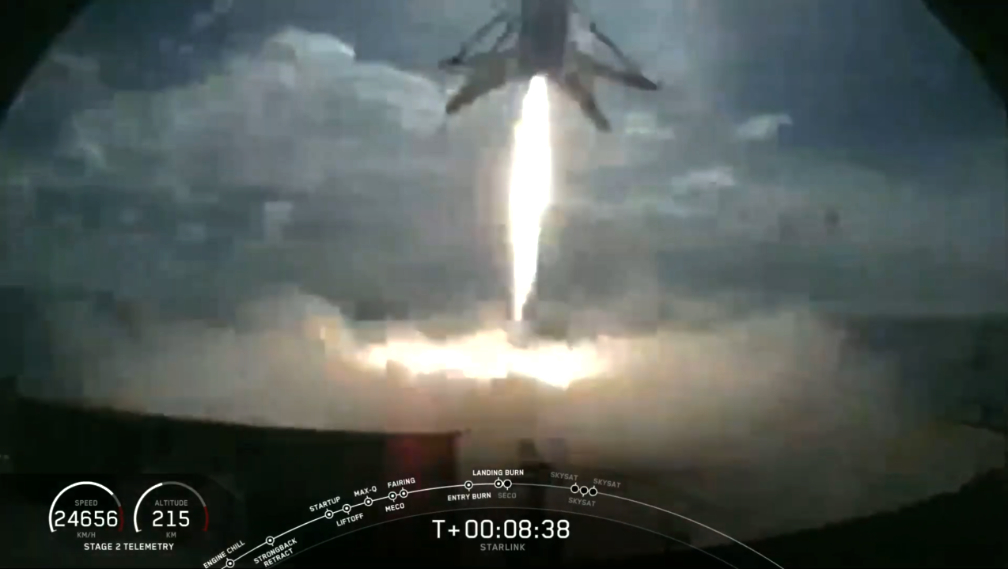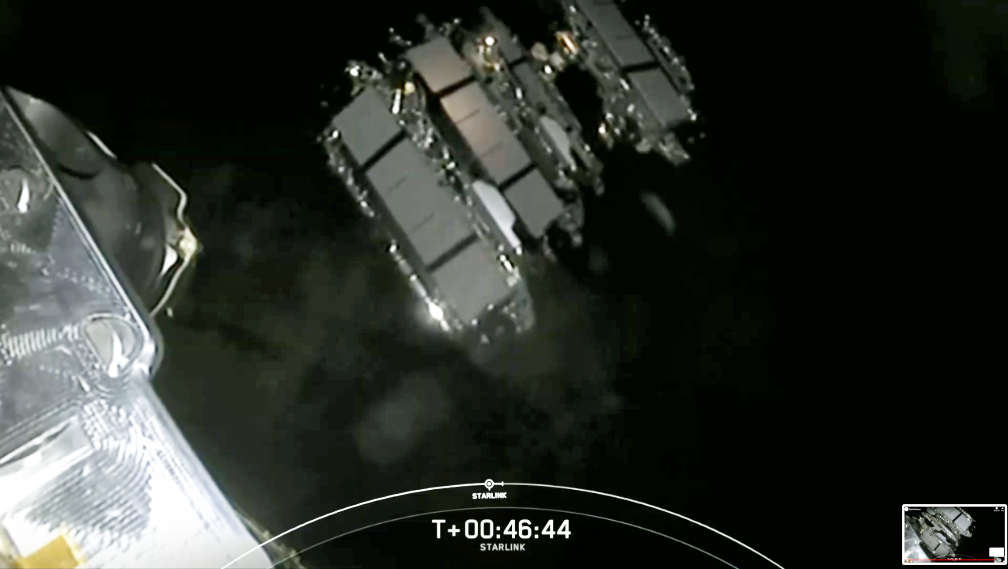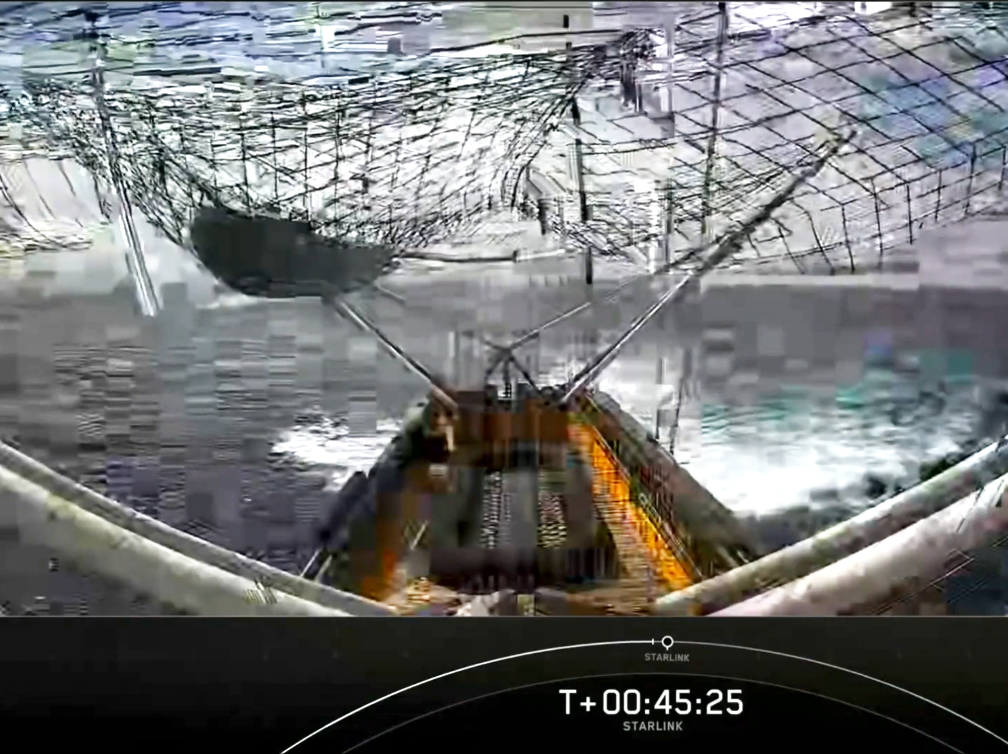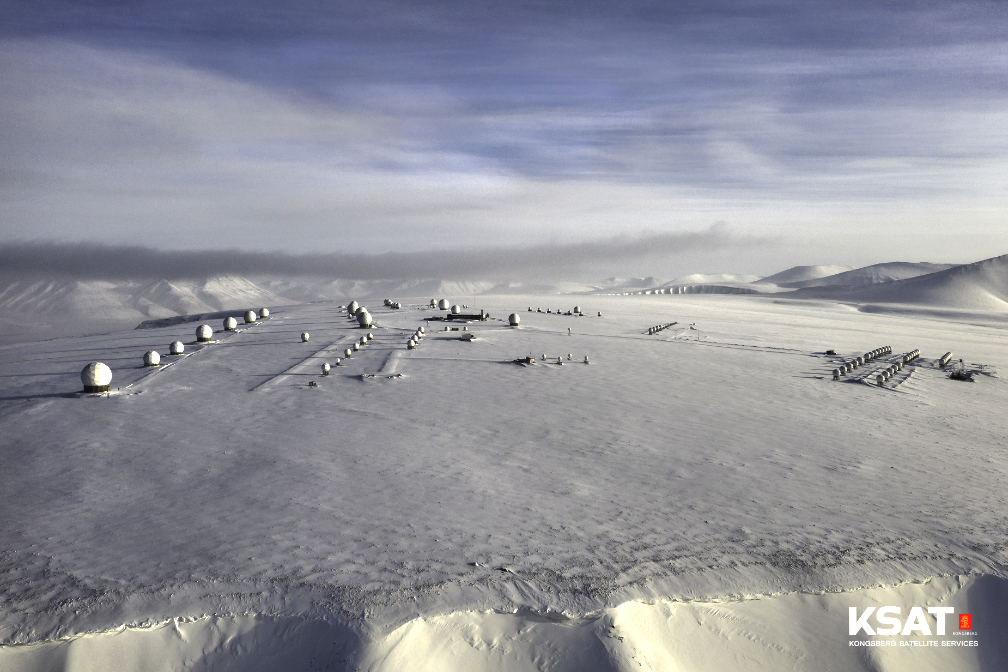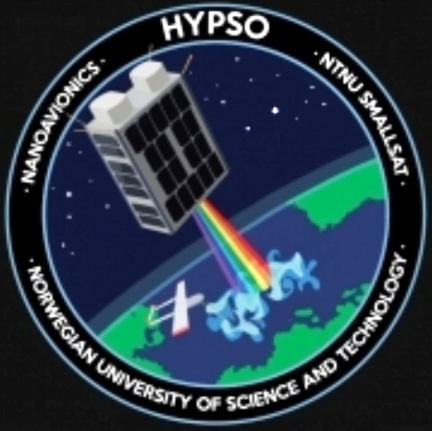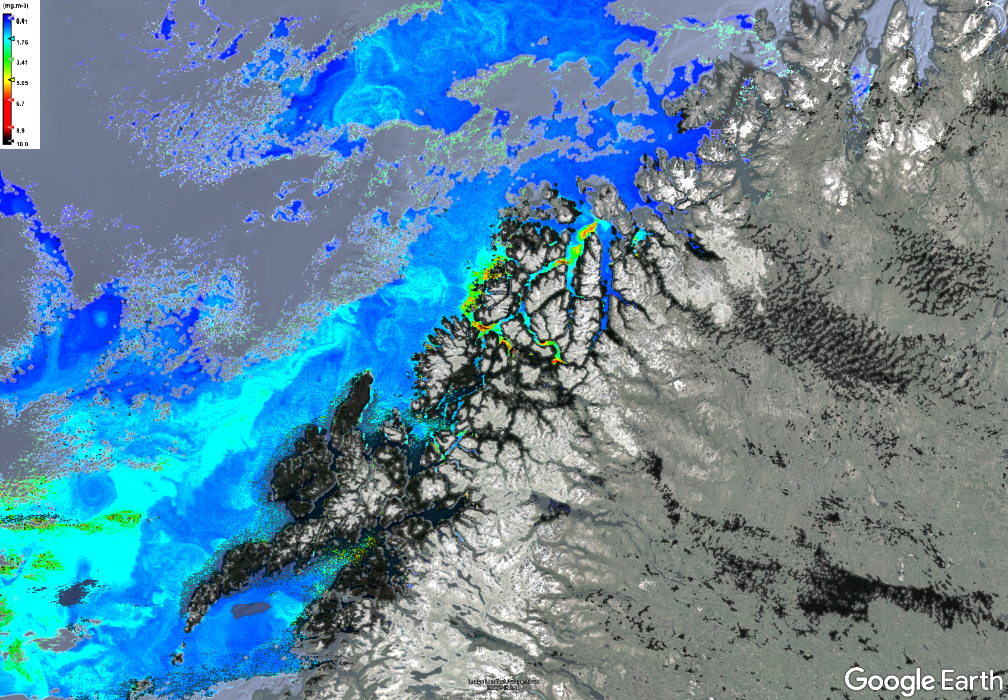A SpaceX Falcon 9 lifted off from pad 39A at NASA’s Kennedy Space Center in Florida the Kennedy Space Center at 8:46 a.m. this morning, deploying a set of approximately 60 Starlink broadband satellites 15 minutes later.

Earlier this week SpaceX confirmed that employees have been testing Starlink’s latency and download speeds, key measures for an internet service provider.
According to SpaceX engineer Kate Tice, “They show super low latency and download speeds greater than 100 [megabits] per second. That means our latency is low enough to play the fastest online video games and our download speeds are fast enough to stream multiple HD movies at once.”
The goal of SpaceX is to build an interconnected network of about 12,000 small satellites in low Earth orbit. To date, SpaceX has launched about 650 of its version 1.0 satellites and is currently building a system of ground stations and user terminals to connect consumers directly to its network.


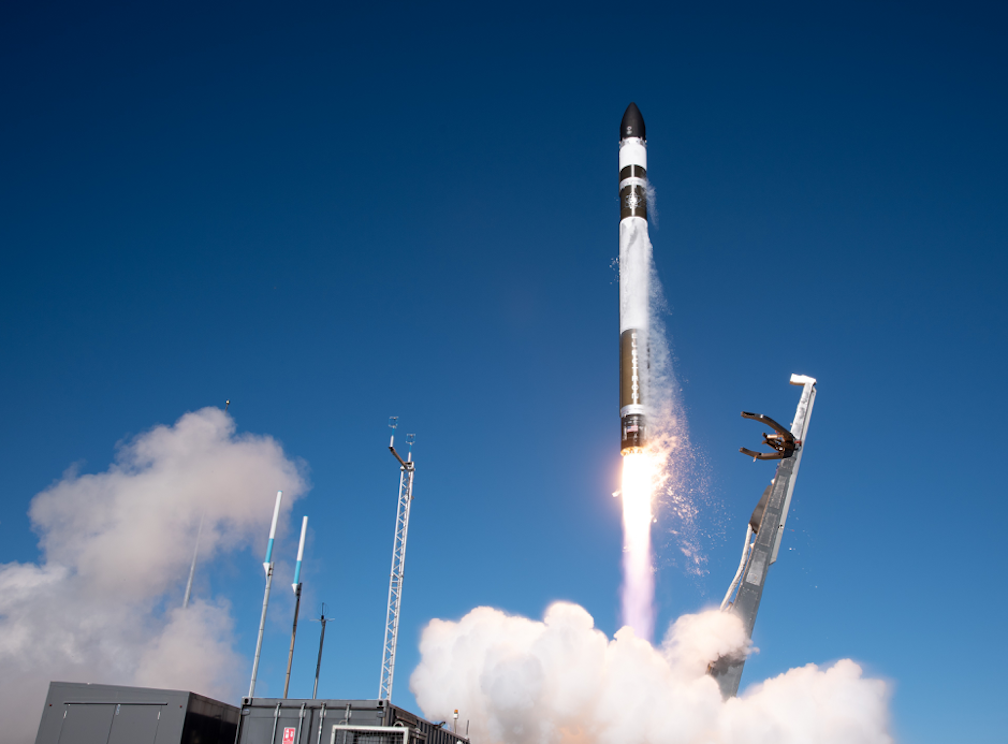






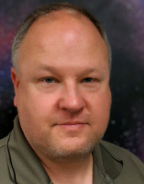

 Ball Aerospace has successfully completed on-orbit testing of NASA’s Green Propellant Infusion Mission (GPIM), which included ASCENT, a non-toxic, high-performance propellant developed by the Air Force Research Laboratory (AFRL), on board a Ball-built smallsat.
Ball Aerospace has successfully completed on-orbit testing of NASA’s Green Propellant Infusion Mission (GPIM), which included ASCENT, a non-toxic, high-performance propellant developed by the Air Force Research Laboratory (AFRL), on board a Ball-built smallsat.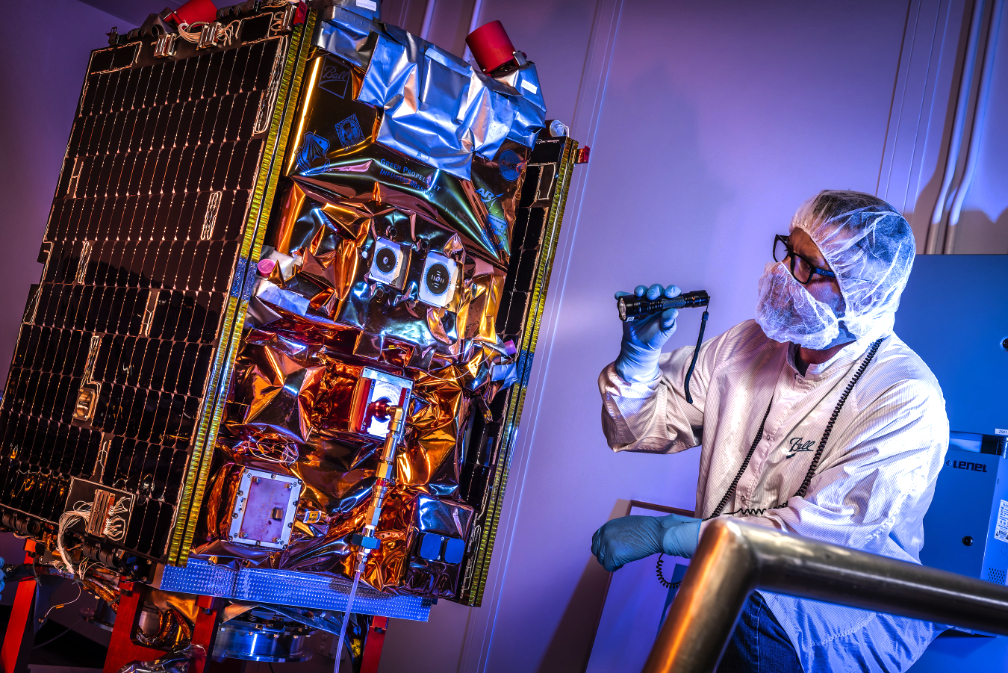


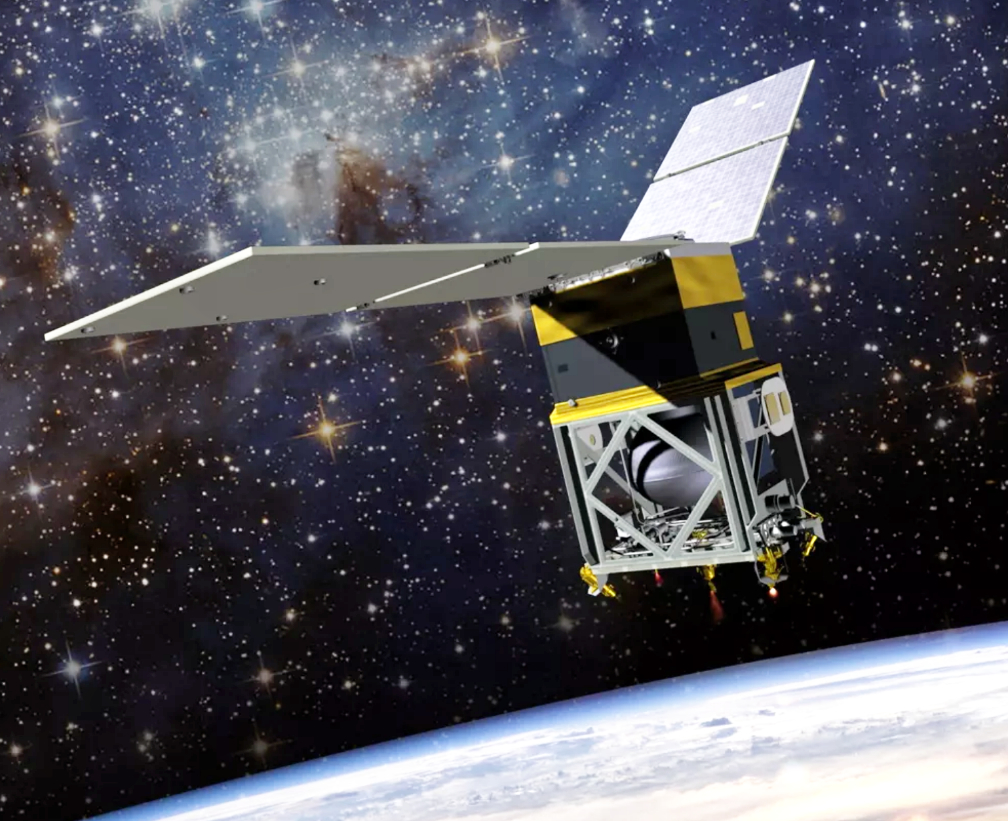

 Also of note —
Also of note — 

